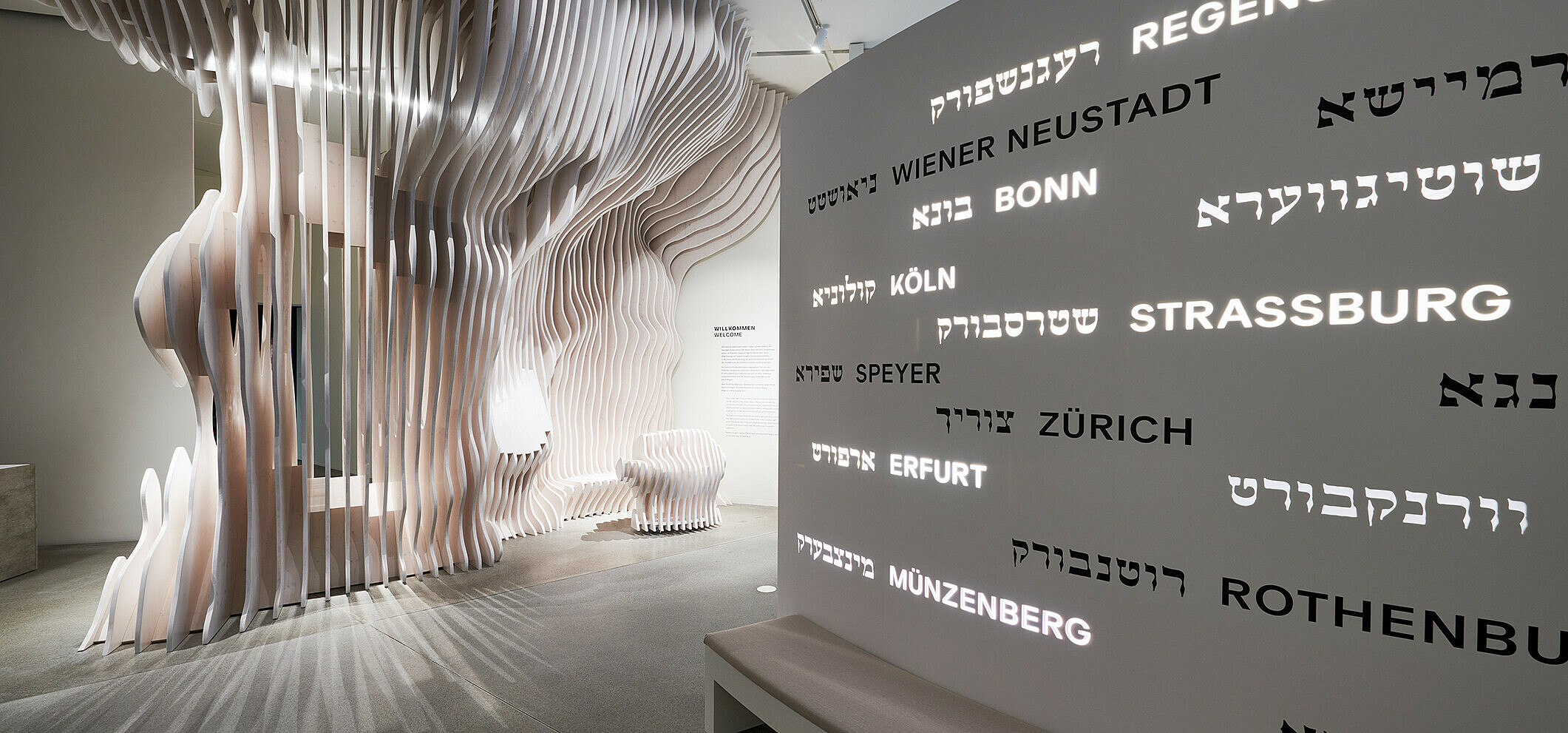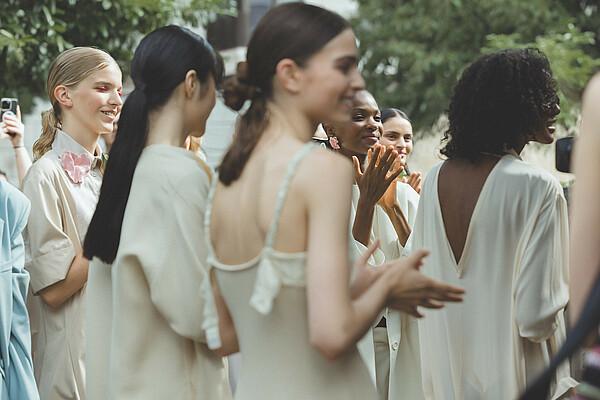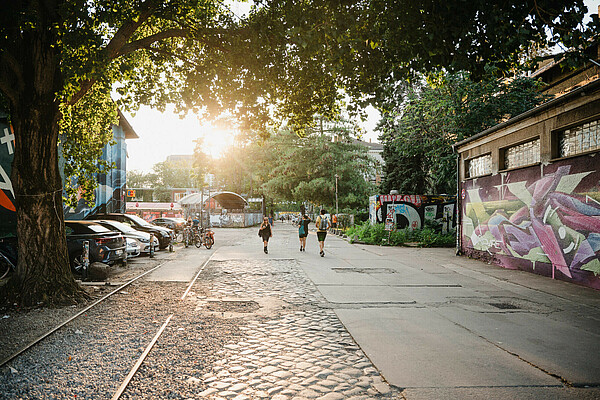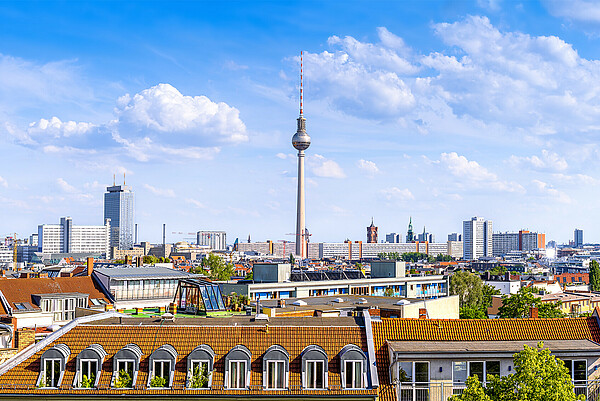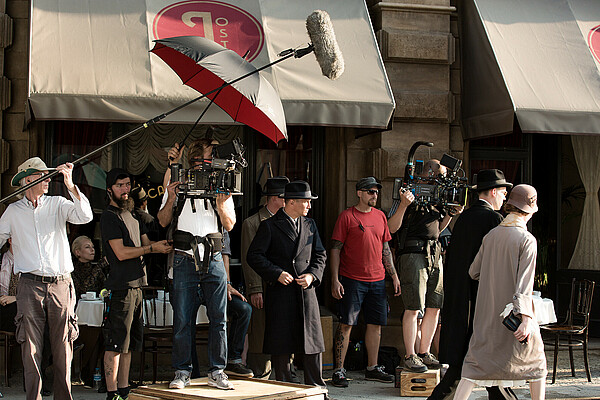The House That Dan Built
One of Berlin’s high-profile institutions promoting diversity, historical awareness, education and more is the Jewish Museum Berlin. The architecture by Daniel Libeskind is perhaps more famous than the museum itself.
The JMB is not exclusively by Jews for Jews. As a German national history museum, its scope is much larger, covering the history of Judaism in Germany from the fourth century up to today. 95% of visitors in a normal year are not Berliners, 73% are not German - the museum is a magnet for tourists. Next to the permanent exhibition, art shows, events and concerts, an academy, and a very active educational department, the lightning bolt shaped building is a reason to visit in itself.
After two years of rebuilding, August 23, 2020 marks the completion date of the new permanent exhibition. The proper opening ceremony was postponed due to the corona crisis, but visitors are allowed after a soft-opening.
We spoke with head of events Signe Rossbach about the new exhibition, the JMB’s mission, organising events in a time of crisis, and the famous architecture.
Signe, in a normal year, how many events does the JMB hold, and what are they all about?
When we speak of events, we usually only think of lectures, openings and concerts - the large-scale public programs. But we tend to forget that things like archive workshops, board meetings, or visits of international colleagues meeting with their JMB counterparts, all need someone to turn on the lights, set up the chairs, microphones and powerpoint presentations, order lunches - and clean up afterwards. So, in a way it doesn’t matter so much whether an “event” is for 20 international academics brainstorming the next exhibition topic with the curators, or 250 visitors following a conversation with a survivor of the Shoah, the logistics that need to be coordinated by the events department follow the same check lists - travel arrangements, contracts, honoraria… The JMB hosts approximately 90 events for the broader public, advertised in our monthly newsletters, with an audience of 18.000 guests per year, on average - but altogether, we count as many as 530 events every year!
The cultural events program of the JMB comprises openings for special exhibitions as well as accompanying programs like lectures, discussions, film screenings or concerts for each show. Then there are special programs - a series of “Zeitzeugengespräche,” testimonies of survivors of the Shoah, or lectures and book presentations relating to our core topic of German-Jewish history and present, exclusive programming for the Circle of Friends of the Museum - and the Cultural Summer Program with Jazz matinees and other popular events in the museum garden, with 500 to 800 guests per event! Museum projects need to be presented - the interactive platform “Jewish Places”, for example, or a screening by an Israeli filmmaker who based her research on the museum’s collections and archives. The Academy of the Jewish Museum Berlin was founded in 2013 to extend the mission of the Museum to deal with current contemporary societal topics such as Migration and Diversity, Contemporary Jewish Life, and a Jewish-Islamic Forum - since 2013, the Academy Programs hosted 96 public events for an audience of 12.000 people.
The biggest event of the year was surely going to be the opening of the new permanent exhibition. How will the JMB communicate what it is now exhibiting, and what are the most important aspects of the new exhibition?
We have been working for over two years on the re-opening of the Museum, with its new permanent exhibition as well as an entirely new children’s museum across the way. On May 17, 2020, there was going to be a street fair with 8000 visitors, concerts, entertainment for all ages, curator tours and talks throughout both buildings, all of our neighbors were involved - and we are heartbroken to have had to cancel because of Corona. And not just because we’re missing a great party - but also because we have a commitment to our communities, to our partners, artists and freelancers, who are thrown into dire circumstances. We were just entering the final stretch before these mega-openings - and came to a grinding halt, at least concerning events programming. Like everyone else, we’ve had to re-group, catch our breath - and come up with creative, flexible new formats. We have been thinking of digital formats to showcase our museum projects, offer our audiences at home interesting and hopefully inspiring content, and broadcast events live over internet platforms, like the Ringvorlesung of the Jewish-Islamic Forum or lovely readings for children from the Museum library.
The permanent exhibition is now completed. The doors of the museum open August 23, 2020 and our visitors, probably mostly Berliners initially, will be able to return according to the current health and hygiene restrictions. We are working with the entire museum staff to be ready to ensure the best and safest possible museum experience under the new and uncertain conditions. Unfortunately, the ANOHA Childrens’ World can’t open quite yet under the current situation, since its exhibits are hands-on and interactive for kids from 3 to 10.
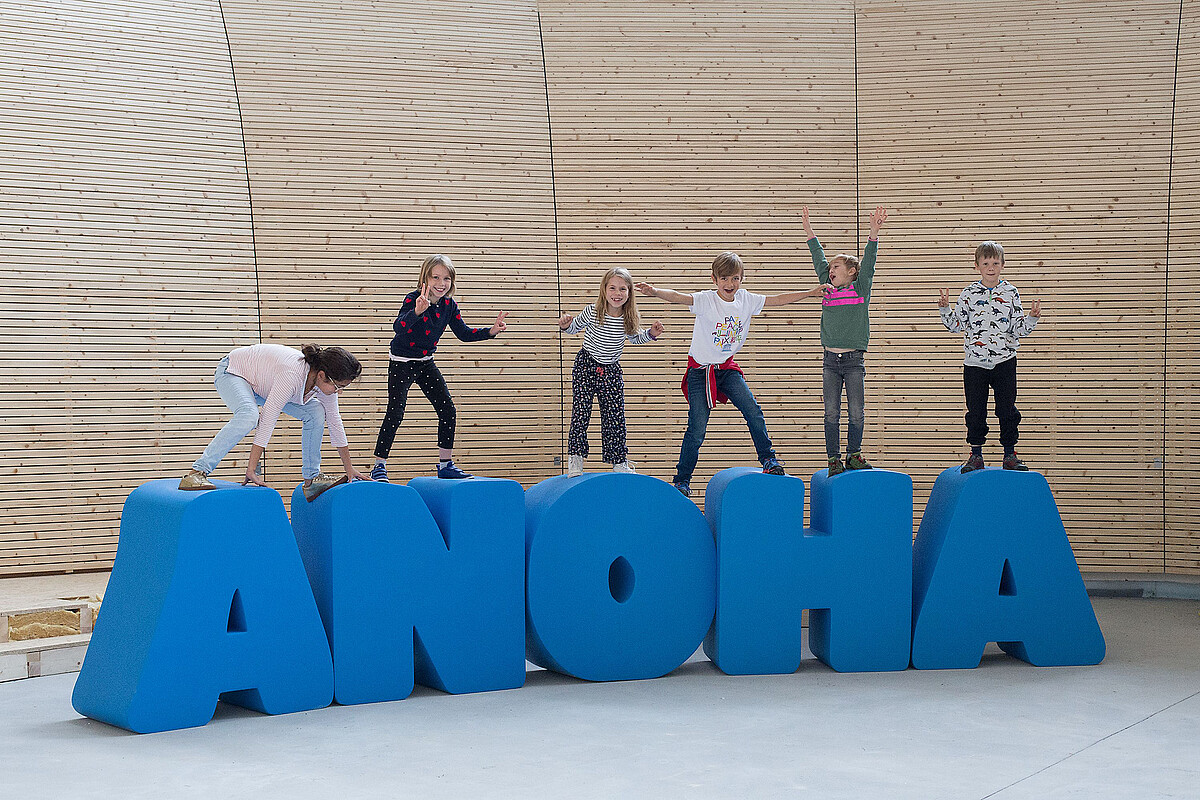
We are rethinking events to accompany the exhibitions in mixed media formats - until we can welcome a live audience again, they will be planned for digital visitors. Curator talks and object presentations lend themselves to being broadcast from the museum galleries, and can easily transition to incorporate live audiences. Discussions and panels from the museum halls can also increasingly incorporate more live visitors while being streamed. The opportunity that the Corona crisis has given us is to accelerate our “digital mindset” - to no longer separate “events” from “media”, but to increase our audience by offering a live experience together with a digital one. Our “visitors” can be across the world - in the museum in Berlin as well as in Brooklyn or Buenos Aires.
What does the JMB give to Berlin?
The Jewish Museum Berlin has been, since its inception, a thought-provoking and inclusive space that communicates thinking about German-Jewish history and present, and makes its experiences relevant to our world today. We have a loyal audience in Berlin, for which we are grateful, who come to us seeking information about the past, whether they are Jewish or Non-Jewish. I once heard that a Jewish mother doesn’t ask her child “what did you learn in school today?,” but rather: “What questions did you ask?” Our strength is not to provide pat answers - but if our visitors leave the museum with different and perhaps more relevant questions that relate to their self-understanding and present lives, then we have been successful. We strive to be part of a conversation about what society we want to live in, an open, democratic, inclusive society across cultural and ethnic differences - and I believe our Berlin audiences appreciate that space. It’s what Berlin is about, in the best of its times!

The famous architect Daniel Libeskind planned the eye-catching lightning bolt building with the zinc façade. This outer shell is perhaps the most famous thing about the museum. Does the building distract from the museum’s content or message?
The amazing thing about the Libeskind architecture is that it is never “just” a building - it forces you into a relationship with its spaces. I have been at the museum for almost twenty years now, and I have loved the building and hated it - I have appreciated the challenges it poses and resented the sometimes over-determined meanings it imposes. But it is never neutral, and always moving - there are few buildings I can think of that have that kind of power. It is an integral part of who we are - and the new permanent exhibition will find different answers for letting the content interact with the space. A continual work in progress - we are all very curious of what will happen when the doors can finally open, and the experiences our visitors will have with it!
Thank you, Signe Rossbach!
Dealing with the past is necessary for creating a stable future. The city of Berlin supports and promotes numerous projects, organisations and institutions that all help to make the city a lively and diverse centre for dialog and debate and a hub for culture, education and awareness.
Jewish Museum Berlin
Lindenstraße 9-14, 10969 Berlin
jmberlin.de
Interview: Olaf Bryan Wielk, ideenmanufaktur
Header image: © Jewish Museum Berlin, Yves Sucksdorff

